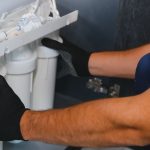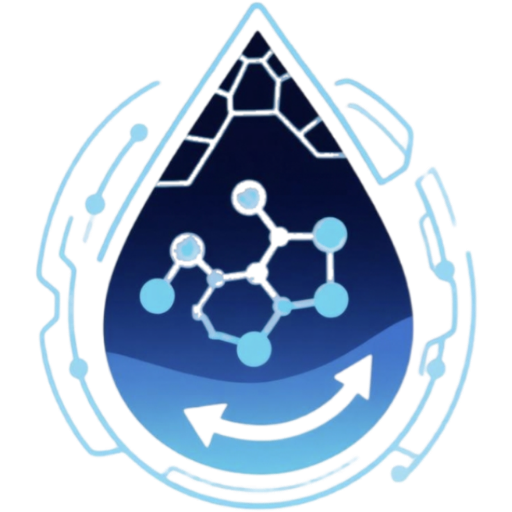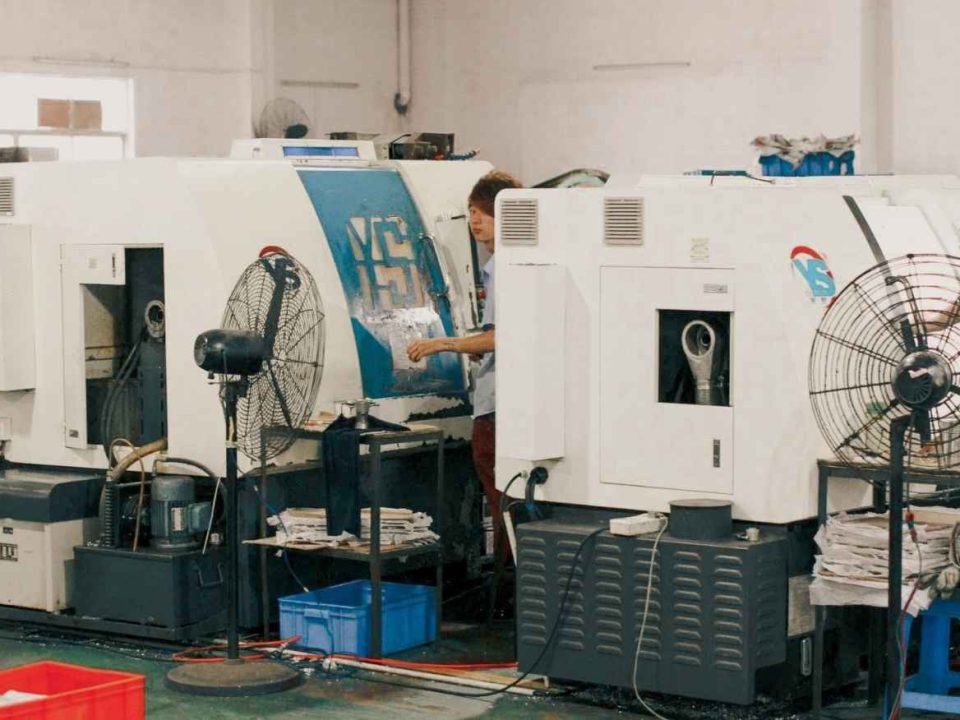
Working Principle and Troubleshooting of Water Purifiers
8 October, 2025With the continuous improvement of people’s health awareness, more and more families choose to install water purifiers. There are various types of water purifiers on the market with different prices, so how to choose a water purifier suitable for home use?
For household direct drinking water, it is recommended to choose an ultrafiltration (UF) or reverse osmosis (RO) water purifier. What are the differences between these two types of water purifiers? Let’s make a comparison between them.
| ItemType | UF | RO |
| Filtration Precision | 0.01 microns | 0.0001 microns |
| Can it filter sediment, rust, colloids, and bacteria | Y | Y |
| Can it filter sediment, rust, colloids, and bacteria | N | Y |
| Is there any wastewater present | N | Y |
| Water outlet velocity | Water outlet velocity | 100G(15L/H)400G(60L/H) |
After comparing, we have a general understanding of ultrafiltration (UF) machines and reverse osmosis (RO) water purifiers. When choosing a water purifier, we should first understand the water quality in our home. If possible, it is best to obtain a water quality test report to check whether there are industrial pollution, excessive heavy metals, antibiotics, and pesticide residues in the water. If there are, an RO water purifier must be chosen.
If there is no test report, we can observe whether white scale easily forms when boiling water usually, or we can measure it with a TDS pen. If the TDS value exceeds 80 PPM, it is recommended to use an RO water purifier. If it is below 80 PPM, an UF water purifier can be chosen.
RO water purifiers are further divided into small-flow models with a pressure tank and large-flow models without a pressure tank.
Small-flow models with a pressure tank are generally machines below 100 gallons. They have a slow water production rate and need to store water in the pressure tank first, and then release it from the pressure tank when in use. Such water purifiers are relatively cheap, but the pressure tank needs to be replaced with a new one after 3 years of use.
Large-flow models without a pressure tank are machines above 400 gallons. They have a large water production rate, do not need to store water in the pressure tank first, and can produce and drink water immediately. However, they are relatively expensive. Therefore, if the budget allows, it is recommended to use a large-flow water purifier.



